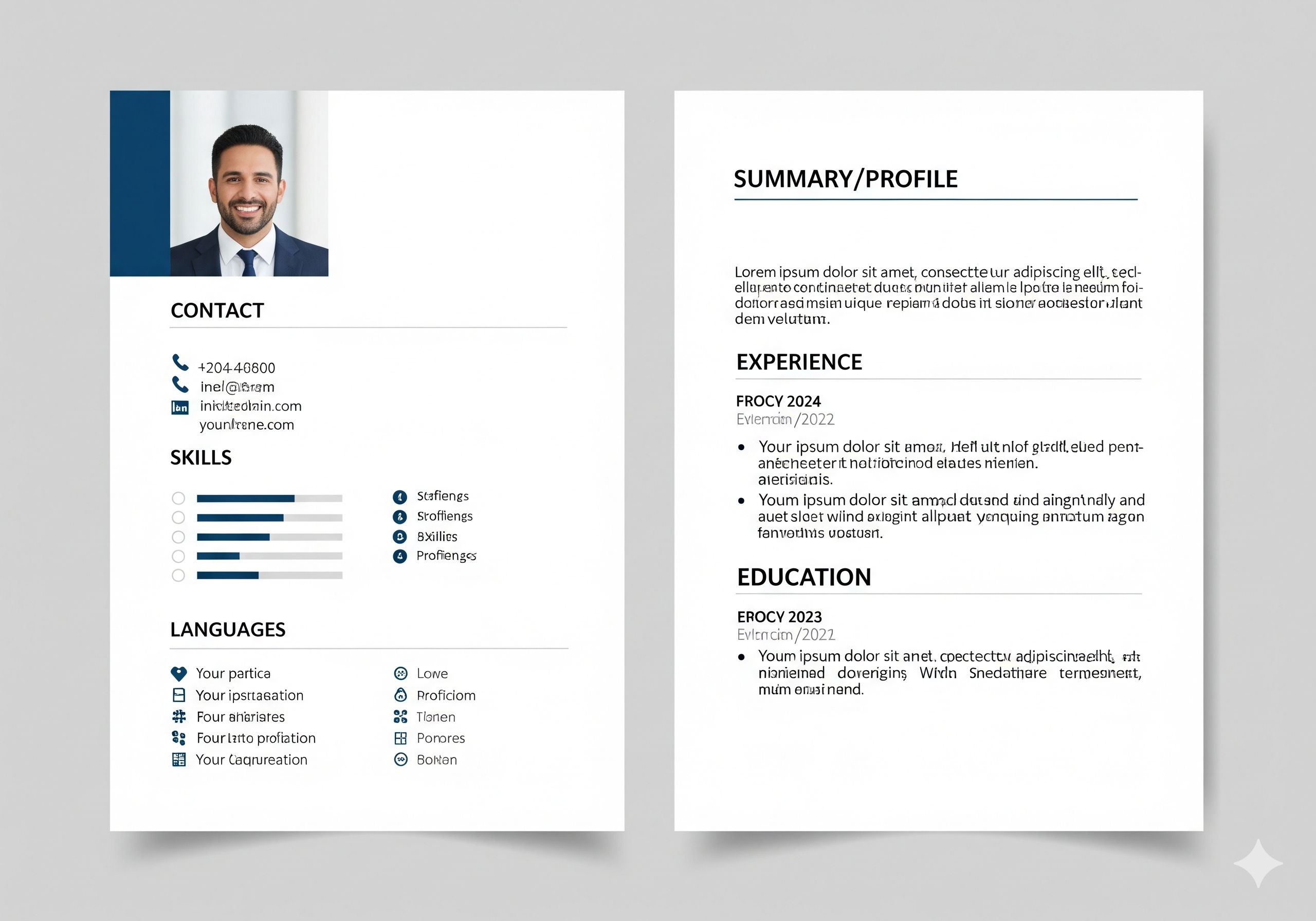



Moving past random posting requires discipline. This expanded, ten-step strategy transforms social media from a time sink into a powerful engine for lead generation, brand trust, and business growth.
Your social media goal must directly impact your profit or pipeline. Instead of saying, “increase followers,” set a target like: “Increase qualified B2B leads from LinkedIn by 15% in the next 90 days.” This makes the effort accountable.
Understand your target beyond basic demographics. Identify their pain points, preferred content formats, and time spent on each platform. This intelligence dictates your entire strategy, ensuring every post is relevant.
Identify 3-5 competitors (both direct and indirect). Document what they post, how often, what their audience engages with most, and where they are failing. This helps you find content gaps and opportunities to differentiate your brand voice.
Establish 5-7 core themes you will cover (e.g., leadership, compliance, staffing, company culture). Your brand voice (e.g., informative and empathetic, or bold and humorous) must be consistent across all channels and aligned with your broader brand image.
Do not spread yourself thin. Choose 1-2 primary platforms (where your audience and growth potential are highest) for heavy investment, and 1-2 secondary platforms for minimal presence (e.g., protecting your handle).
Every platform is a different ecosystem. You must adapt your content:
Plan your content 4-6 weeks in advance. The calendar should map specific content pillars to specific days and posts. This ensures consistency, which is critical for algorithms and audience engagement.
Social media shouldn’t exist in a silo.
Determine your operational capacity: Will content be created internally or outsourced? Invest in scheduling and analytics tools to maintain daily flow without manual effort. A lack of reliable resources is the number one cause of strategy failure.
Set aside time every week to review the data, focusing on conversion metrics (leads, clicks, downloads, sales) over vanity metrics (likes). If a campaign isn’t meeting the objective from Step 1, analyze why and pivot your content or channel focus immediately.